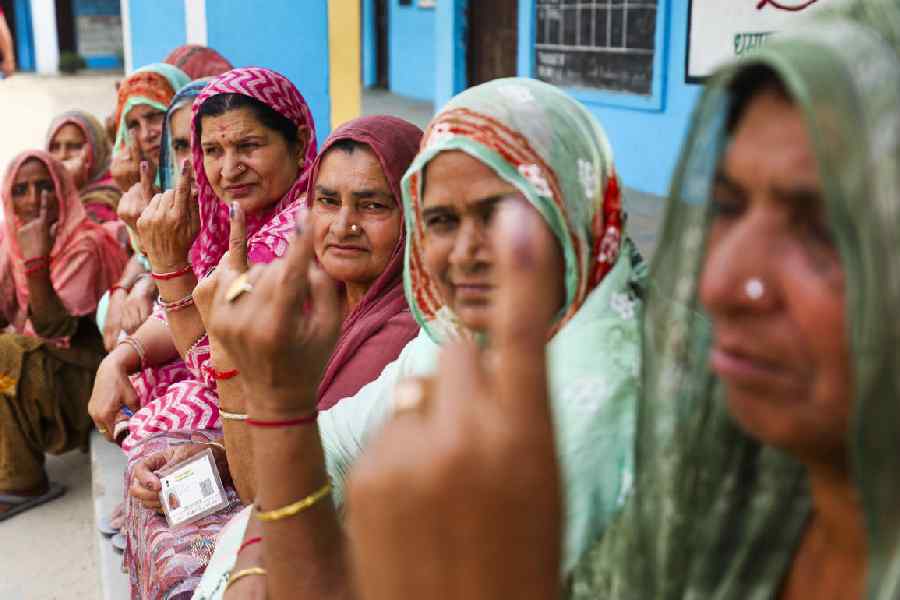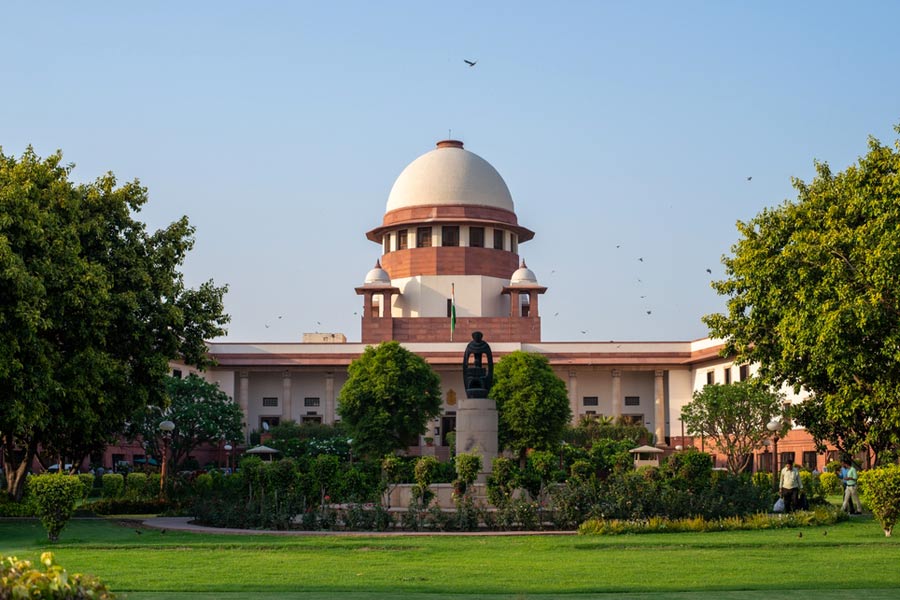The 2011 unrest in Tahrir Square was initiated by a Facebook post. That is the tremendous power of social media in today's world. At the same time, the potential damage that can be caused by rumours and misinformation spread on social media is frightening. Rumours now spread like wildfire through social media posts, the quickest means available, and are capable of creating chaos and catastrophe.
For example, in the August 2011 riots in the United Kingdom, social media acted as a catalyst. The then prime minister, David Cameron, had said, "Everyone watching these horrific actions will be struck by how they were organised via social media." In India, too, social media has allegedly been behind several instances of lynchings and riots of late. Rumours spread on social media like the Pope endorsing Donald Trump or Hillary Clinton selling weapons to a terror group shadowed the presidential elections of the United States of America. The main problem is that there is no need for professional restraint when it comes to spreading sensitive news on social media. Therefore, when a stand-up comedian says that WhatsApp is the best-known newspaper in the country, there are reasons to take him seriously.
The susceptible-infected-recovered model is often used to study the spread of epidemics. Rumours and gossip, too, can be analysed using the SIR model for these travel like infectious diseases. During an epidemic, the number of 'susceptible' individuals decreases rapidly as many of them become 'infected', before being considered 'recovered'. The number of those 'recovered' rises while the number of the ones 'infected' falls in a bell-shaped curve after having reached a peak.
Can anything be done about this? An extension of the SIR model has something called the 'M-state' where, in the case of certain infections like measles, babies are born immune to the disease for the initial span of their life owing to maternal antibodies. Building public awareness about the risks of social media through advertisements, the establishment of a government website, communications campaigns and school programmes could be undertaken to generate such an M-state for the rumour epidemic.
Emergency communication centres may also provide speedy and relevant information on a crisis, dispelling misinformation circulating on social media. Official announcements by authorities countering rumours are crucial and are likely to have tremendous influence. A study in the US in 1947 exhibited that 69 per cent of a group of undergraduate students believed rumours that losses at Pearl Harbor were greater than what was officially stated. This number went down to 46 per cent after the president, Franklin Roosevelt, made a statement allaying such fears.
But is it possible to unring a bell? It is thus important to identify rumours at the earliest. Appropriate cells should be established so that people may be contacted in real time. Researchers have also suggested the use of an anti-rumour process that resembles the way in which rumours spread to combat this problem. Studies also reveal that tweets supporting rumours are usually more widely circulated than those debunking them. Quite often, a lie can travel half the world before the truth gets moving. By then the damage might have been done.
Since the anti-rumour process is late to start and slow to spread, it might be much more effective if such messages are circulated to the target audience in bulk. Ideally, each police station can prepare a list of social media accounts of the people under its jurisdiction, without violating anyone's privacy of course, so that messages debunking rumours can be circulated instantly whenever the need arises. Such a message coming from multiple government sources might yield a better result. A detailed study is urgently required to frame a suitable strategy.
It is nearly impossible to stop the spreading of rumours. Hence, the underlying dynamics of rumours need to be understood to combat them scientifically.










